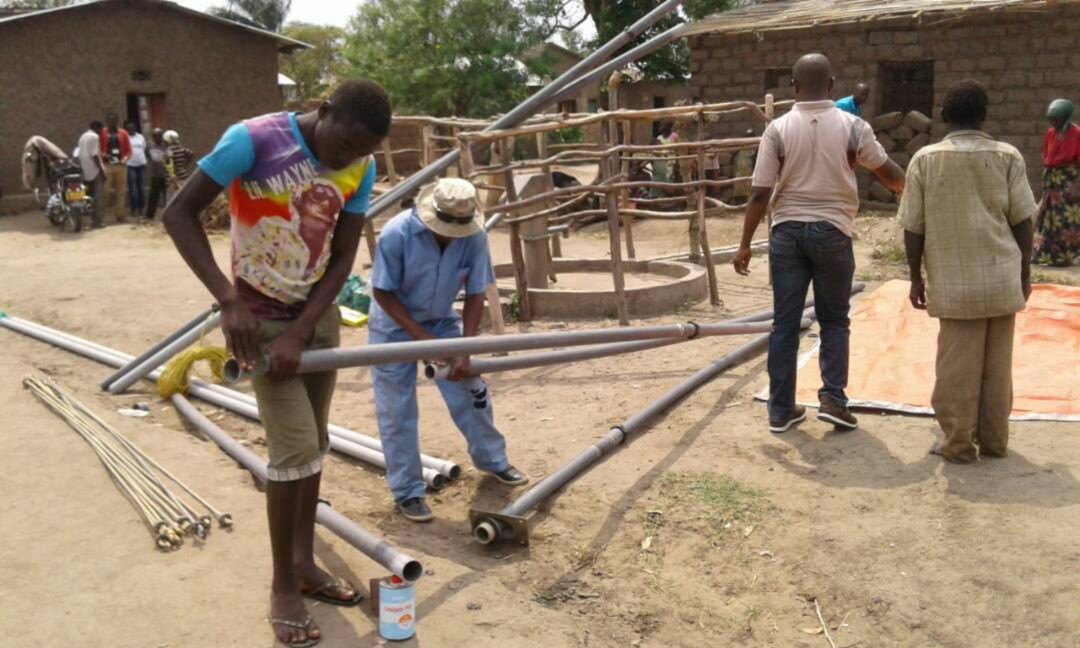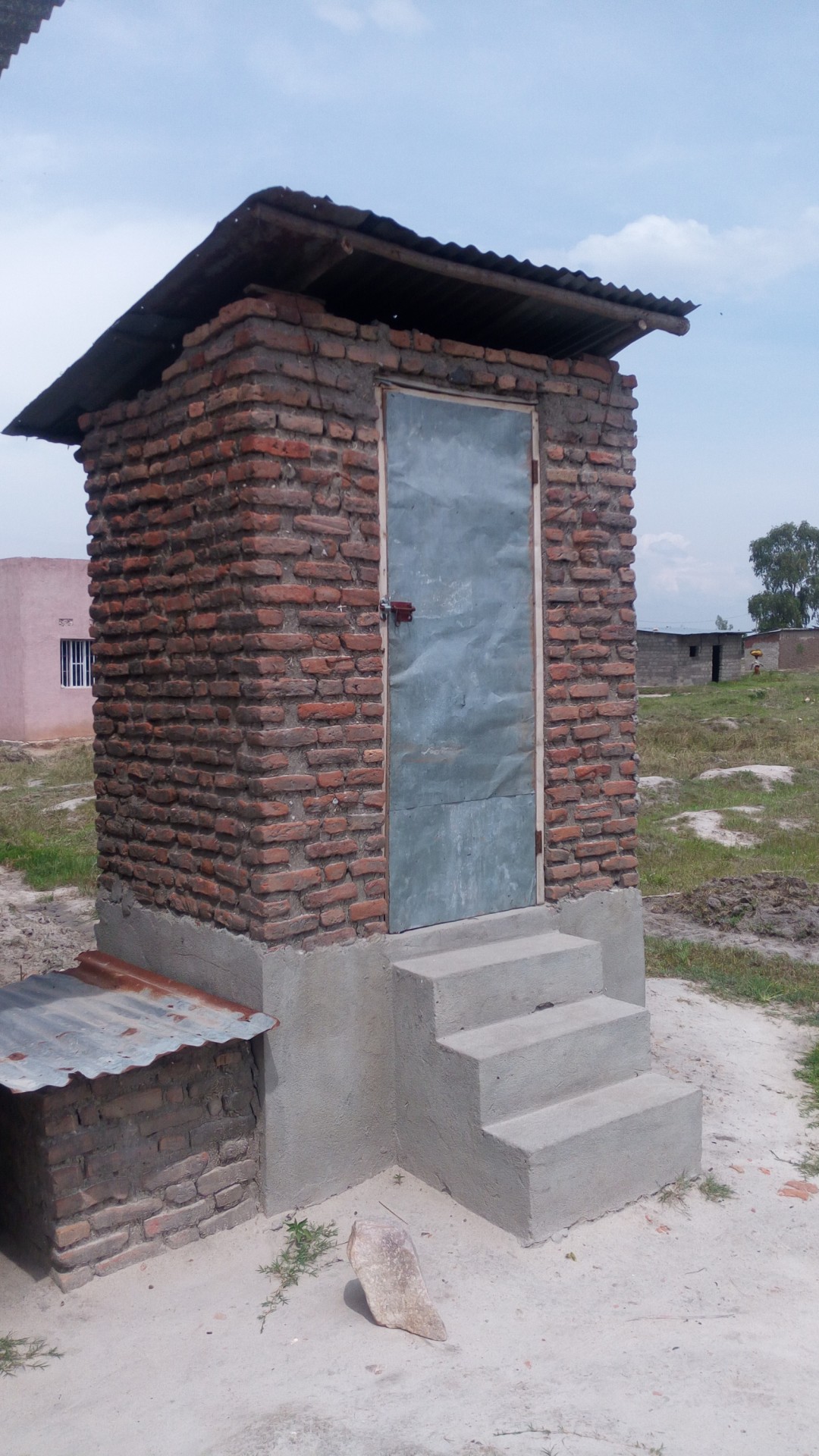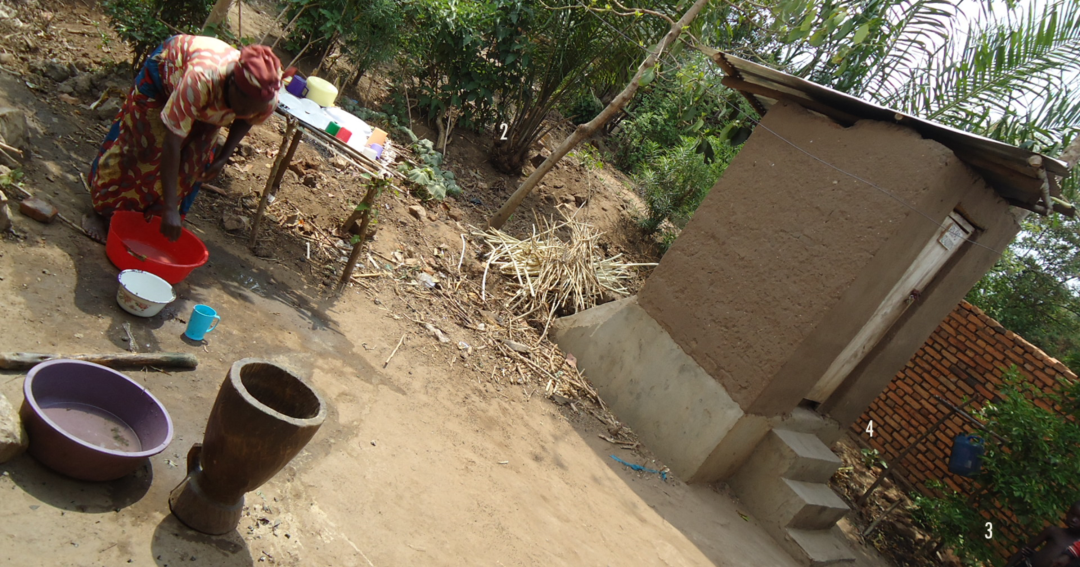Improving health through water and sanitation
The project aimed to sustainably improve the health and sanitation of 16,500 direct beneficiaries and 93,000 indirect beneficiaries, in the Gihanga commune. Pro-Action Développement aimed to reduce by at least 20% the prevalence of water-related diseases in children under five. To do so, the association was looking to construct and rehabilitate 10 water points and 1,650 latrines. It also aimed to improve hygiene-related behaviours such as hand-washing, transportation and storage of drinking water, and waste management.
The extremely tense socio-political situation in 2015 and 2016 in Burundi, coupled with a change in local staff, delayed the project. By the end of the project 83% of target beneficiaries had access to a clean water source less than 1km from their homes. 20 water committees were formed and were in charge of collecting funds to ensure the water points were regularly maintained and repaired. Several technicians were trained for this task and spare parts sourced. 2,156 latrines were constructed, exceeding the planned number. The improved family sanitation services will prevent diarrhoeal and waterborne diseases, improving health and reducing mortality, particularly among children under five and elderly people.
Pro-Action Développement (PAD) is a Belgian non-profit association founded in 2004. PAD is active in the fields of hygiene, sanitation and the provision of drinking water in rural areas.
Type
Health / EnvironmentDuration
January 2015 – (December 2017) Extended to March 2019Location
Gihanga / BurundiWith whom
Pro-Action Développement (PAD)
Website



Burundi
Population
10.9 million (2017)
Per Capita Income
USD 280/year (2017)
Poverty rate *
65% (2014)
Literacy rate
62% (2016)
Human Development Index
185th out of 189 countries (2018)
Burundi is one of the five poorest countries in the world. Following the civil war which ended in 2005, the country transitioned implemented significant improvements to consolidate peace and security. The political crisis in 2015 led to an increase in violence and instability, displacing over 300,000 people. Progress has been made regarding the net enrolment rate and gender parity in primary school, vaccination coverage and slowing down the spread of HIV/Aids, and the literacy rates among adults improved from 52% (1990) to 62% (2016). However, almost one in two households is food insecure and almost half of the children are stunted. Access to water and sanitation is very low and less than 5% of the total population have access to electricity.
Sources: World Food Program, UNICEF, World Bank, 2016 Human Development Report, Human Development Indices and Indicators (2018 Statistical Update)
*The percentage of the population living below the national poverty line.